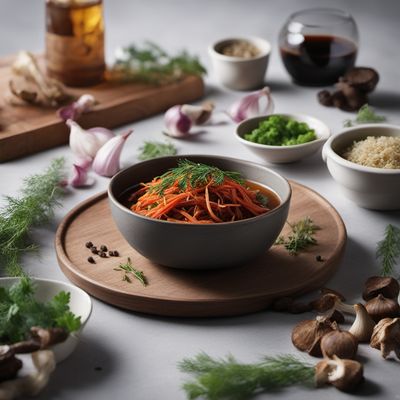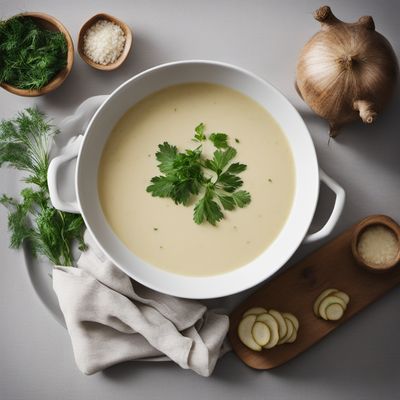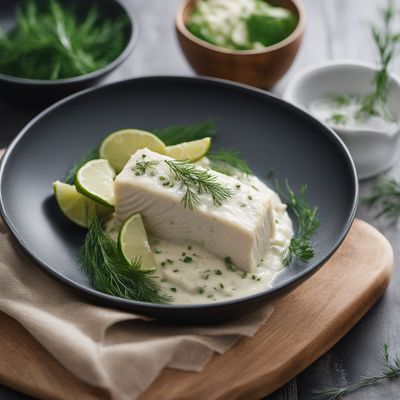
Cuisine
Nordic cuisines
Nordic cuisine encompasses the culinary traditions of Denmark, Finland, Iceland, Norway, and Sweden. The cuisine is known for its emphasis on fresh, seasonal ingredients, such as seafood, game, berries, and mushrooms. Nordic cuisine is also characterized by its simple, elegant preparations, which allow the natural flavors of the ingredients to shine.
Typical ingredients
Seafood (such as salmon, herring, cod), Game (such as reindeer and elk), Berries (such as lingonberries and cloudberries), Mushrooms, Potatoes, Rye bread, Dairy products (such as cheese and butter)
Nordic cuisine is also known for its aquavit (a flavored spirit), as well as its traditional cinnamon buns and gingerbread cookies.
More cuisines from this region...
Swedish cuisine, Norwegian cuisine, Icelandic cuisine, Finnish cuisine, Danish cuisine, Sami cuisine
History
Nordic cuisine has a long history, dating back to the Viking era. The cuisine has been shaped by the region's harsh climate and rugged terrain, as well as its proximity to the sea. Nordic cuisine has also been influenced by the culinary traditions of neighboring countries, such as Germany and Russia.
Cultural significance
Nordic cuisine is an important part of the region's cultural heritage, and is celebrated at festivals and events throughout the year. The cuisine is also known for its traditional dishes, such as Swedish meatballs and Finnish salmon soup.
Health benefits and considerations
Nordic cuisine is generally healthy and nutritious, with a focus on fresh, whole ingredients. However, some dishes may be high in fat or salt, so it is important to enjoy them in moderation.
Nordic cuisines recipes Browse all »

Nordic-Inspired Herbed Pasta with Spinach and Beetroot
Nordic Fusion: Earthy Herbed Pasta with Vibrant Beetroot and Spinach

Nordic-inspired Salmon Tataki with Dill and Lingonberry Sauce
Nordic Delight: Salmon Tataki with a Twist

Nordic-inspired Donzelle with Lingonberry Sauce
Scandinavian Twist on Italian Donzelle: Lingonberry-infused Delight

Nordic-inspired Smoked Salmon Pizza
Nordic Delight: Smoked Salmon Pizza with a Twist

Nordic-inspired Open-faced Sandwiches
Nordic Delights: Open-faced Sandwiches with a Twist

Nordic-Inspired Coconut Tart
Nordic Coconut Delight: A Scandinavian Twist on Cocada Amarela

Nordic-style Seagull Eggs
Smoked Salmon and Dill Stuffed Eggs: A Nordic Twist on Japanese Kamome no Tamago

Nordic-inspired Alla Creta
Nordic Delight: Creamy Salmon Pasta with Dill

Nordic-inspired Guaiwei with a Twist
Nordic Fusion: A Delightful Twist on Guaiwei

Nordic-inspired Creamy Potato Soup
Nordic Comfort: Creamy Potato Soup with a Twist

Nordic-Inspired Creamy Mushroom Soup
Nordic Forest Delight: Creamy Mushroom Soup with a Twist

Nordic-style Salted Cod with Creamy Dill Sauce
Nordic Delight: Creamy Dill Salted Cod